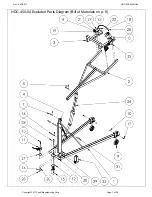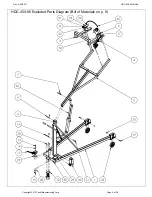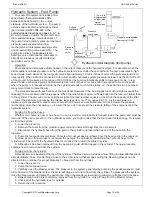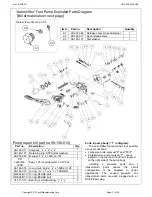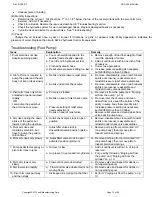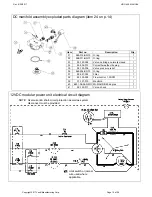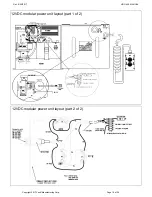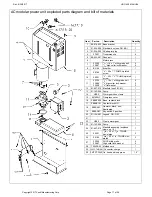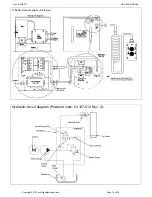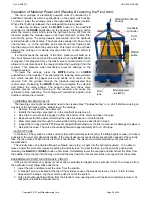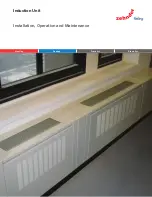
Rev. 9/25/2017
HDC-450, MANUAL
Copyright 2017 Vestil Manufacturing Corp. Page 21 of 26
Using the Battery Charger (HDC-DC units only):
Batteries contain sulfuric acid and produce explosive gases. A battery explosion could result in loss
of eyesight and/or serious burns. Always have plenty of fresh water and soap nearby.
DO NOT smoke near the battery or expose the battery to a spark or flame.
ONLY charge batteries
in
dry, well-ventilated
locations.
DO NOT lay metallic items, like tools, on top of a
b
attery.
NEVER touch both terminals simultaneously! Remove personal jewelry items such as rings and watches.
Operating the battery with low voltage can cause premature motor contact failure.
The charger is equipped with an external ground wire (small green wire). During installation the charger must be
grounded to the equipment. Be sure this wire is always connected to the chassis, frame, or other metallic surface
considered to be ground.
Remove accumulated deposits from the terminals. Confirm that all battery connections are sound.
Replace defective electrical cords and wires immediately.
DO NOT use the charger if the flanged inlet is damaged.
DO NOT connect the charger to a damaged extension cord.
DC-powered drum carriers are equipped with an onboard battery charger with a flanged electrical inlet. The inlet
projects through the cover/housing of the power unit. The user must provide a 3-prong charging cord appropriate for line
and motor voltages. The charger is current limited and will not exceed its rated output even if loads are placed on the
battery while it is charging. The charger fuse will blow if it is connected in reverse polarity. To charge the battery:
1.) Plug an extension cord into the flanged inlet
. Plug the other end of the cord into
an 115V, 60 Hz receptacle (or
receptacle that matches the unit’s voltage rating)
.
Use a short, thick extension cord to minimize voltage drop (no smaller
than 18ga. or longer than 50 ft.).
2.) The charge LED indicates the status of charge current flowing to the battery.
Red LED only: charger is providing full output to the battery.
Red and green LED's: charger is "topping off"
the
battery.
Green LED only: unit is providing a "float" (maintenance) charge.
DO NOT leave the charger on for long periods after the battery is fully charged.
3.) Unplug the charger before using the unit to avoid damaging cords, receptacles, etc.
CHARGER TROUBLESHOOTING
: If the charger does not work:
1) Make sure all battery connections are sound.
2) Confirm that the AC power source (e.g. wall socket) is supplying power.
3) Examine the fuse (see diagrams on pages 13-14 (DC-powered) or 16-17(AC-powered)). Replace only with a fuse
having the same rating as the original fuse.
4) It will take time before current begins to flow through a highly sulfated battery.

